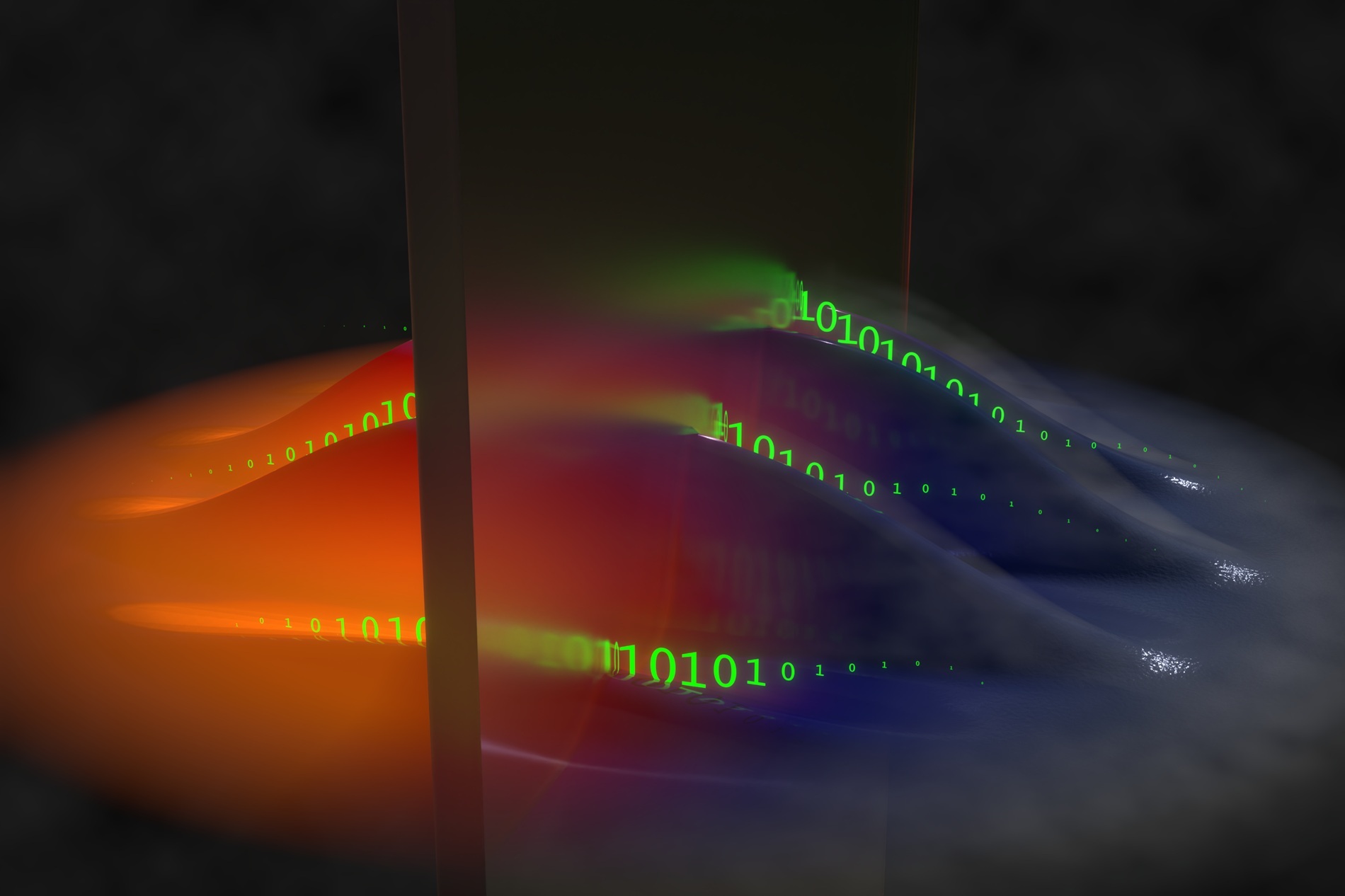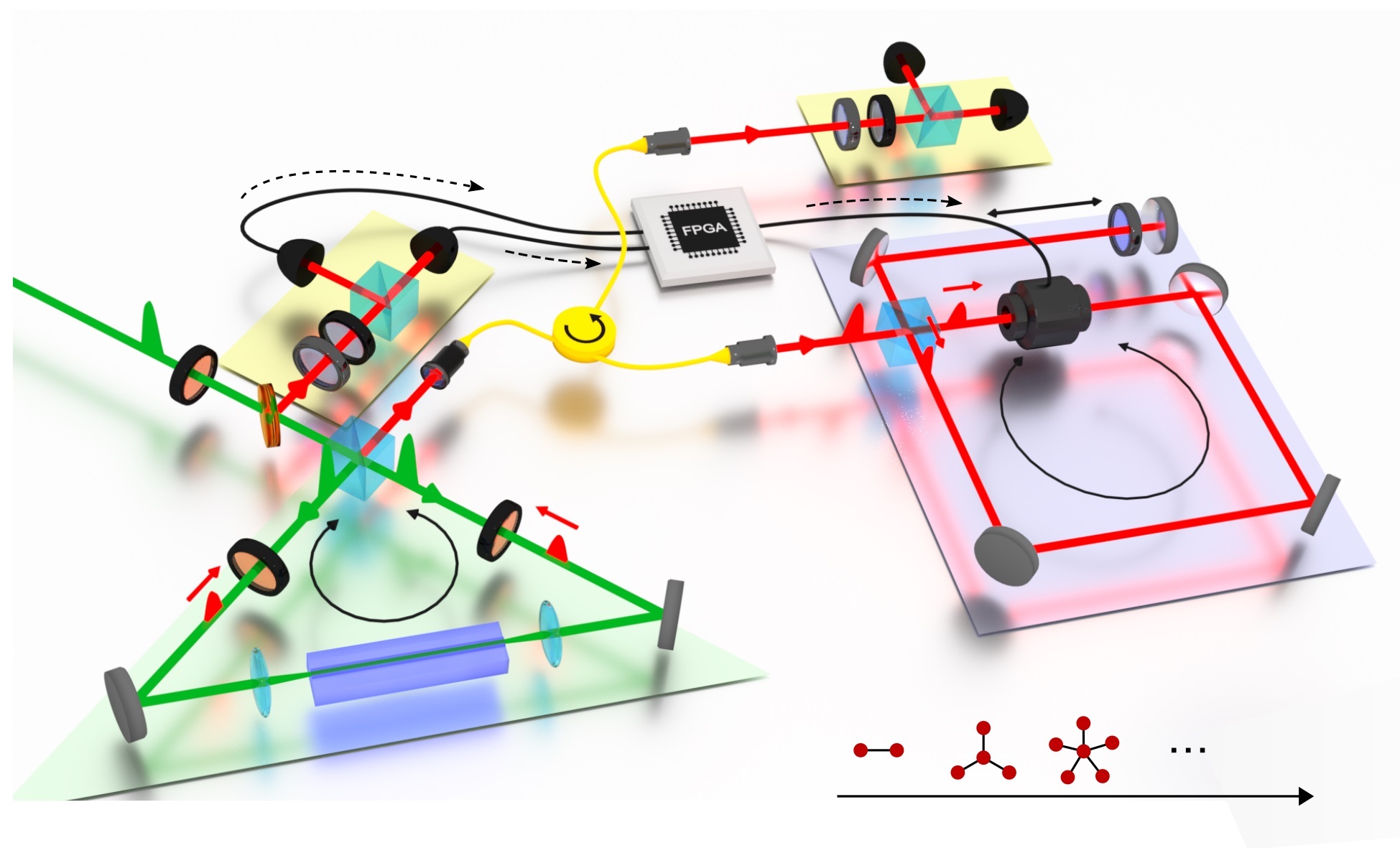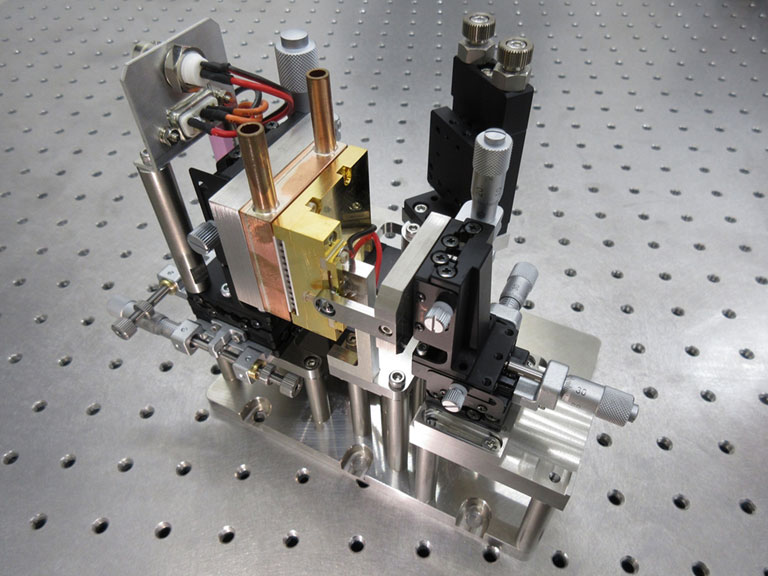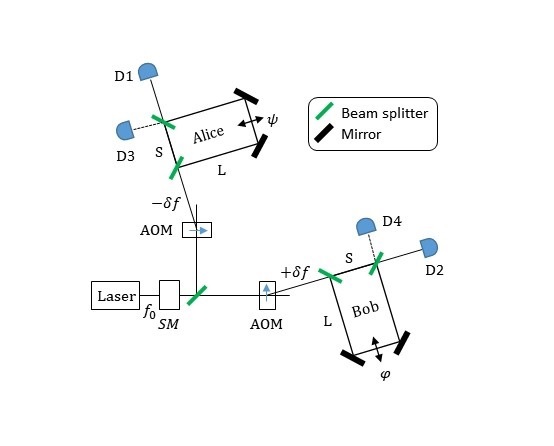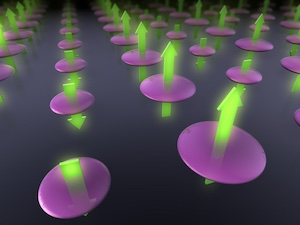05. June 2025
In a collaboration between TU Wien and FU Berlin, researchers have measured what happens when quantum physical information is lost. This clarifies important connections between thermodynamics, information theory and quantum physics.
Heat and information – these are two very different concepts that, at first glance, appear to have nothing to do with each other. Heat and energy are central concepts in thermodynamics, an important field of physics and even one of its cornerstones. Information theory, on the other hand, is an abstract topic in mathematics. But as early as the 1960s, physicist Rolf Landauer was able to show that the two are closely related: the deletion of information is inevitably linked to the exchange of energy. You cannot delete a data storage device without releasing heat to the outside world.
This astonishing connection plays an important role in quantum theory today. Now, for the first time, researchers at TU Wien have succeeded in measuring this phenomenon in many-particle quantum systems and also in quantifying it. Landauer's thesis was indeed confirmed: when a quantum system ‘forgets’ its state, when its information is deleted, this is accompanied by an exchange of entropy and energy between the quantum system and its environment.
Deletion costs energy
“The so-called Landauer principle states that deleting information is never free,” says Prof. Jörg Schmiedmayer from the Atomic Institute at TU Wien. “No matter how you store information, no matter how economical and efficient you are, deleting a bit of information always results in at least a certain increase in entropy and thus also in a loss of energy.” This principle plays an important role in quantum computers and sets fundamental limits for information processing based on quantum physics.
But the question now is: What does ‘deleting’ or ‘forgetting’ mean in a physical sense? After all, information can be lost in many different ways. You can erase information written in pencil. You can demagnetise magnetic data carriers. But you can also ask: Doesn't a physical system also forget information simply by the passage of time?
Reversible and irreversible physics
There are physical systems whose future state follows from their current state in a clear and predictable way. For example, if you know the positions and velocities of all the planets, you can calculate with great precision where the planets will be in three months' time – or where they were three months ago. This means that no information has been lost. No data has been deleted. In the current state of the system, the previous state is still stored in a certain sense. In principle, it can be reconstructed.
In quantum physics, this is also the case in principle – but only until the quantum system comes into contact with its environment. When you measure the state of a quantum particle, for example, you inevitably bring it into contact with a measuring device. Information is transferred from the quantum particle to the measuring device, changing the state of the particle in a way that cannot be reversed. Information seeps from the particle into the environment in an irreversible one-way process.
Ultracold atom clouds
At TU Wien, this phenomenon has now been investigated using ultra-cold atom clouds. Several thousand rubidium atoms were cooled and held in place on an atom chip. Then, suddenly, two such atom clouds were dropped, allowing them to spread freely and overlap with each other. “Now we divide the entire system into two parts,” says Amin Tajik, who carried out the experiments. “One part serves as our quantum system, which we analyse. The rest is defined as the environment – the environment with which our subsystem interacts.”
By precisely measuring the interference between the two atomic clouds, it is now possible to see how the subsystem interacts with its environment, how information is lost and how entropy is transferred. “There is no measuring device that can directly record these variables simultaneously,” says Stefan Aimet, a theorist at the FU Berlin and member of the theory team that worked in close international collaboration with theorists who modelled the observed phenomenon and quantified the connection between energy and information flows.
A detailed analysis showed that even this complicated multi-particle system adheres to Rolf Landauer's rules. The deletion of quantum information is indeed accompanied by entropy transfer and energy loss. “This is an important confirmation that information and quantum physics are indeed intertwined in such an exciting and profound way as Rolf Landauer thought,” says Jens Eisert, head of the theory group at the FU Berlin. "This also brings us closer to understanding one of the most fundamental questions of quantum physics. What is particularly exciting about this work are the insights into information and heat that are not directly covered by Landauer's principle, as this is already a valid theorem. But this platform of ultracold atoms allows us to quantitatively explore such profound questions about the measurement process, which will also be important for quantum technologies."
Original publication
S. Aimet et al., Experimentally probing Landauer’s principle in the quantum many-body regime, Nature Physics (2025) https://doi.org/10.1038/s41567-025-02930-9

